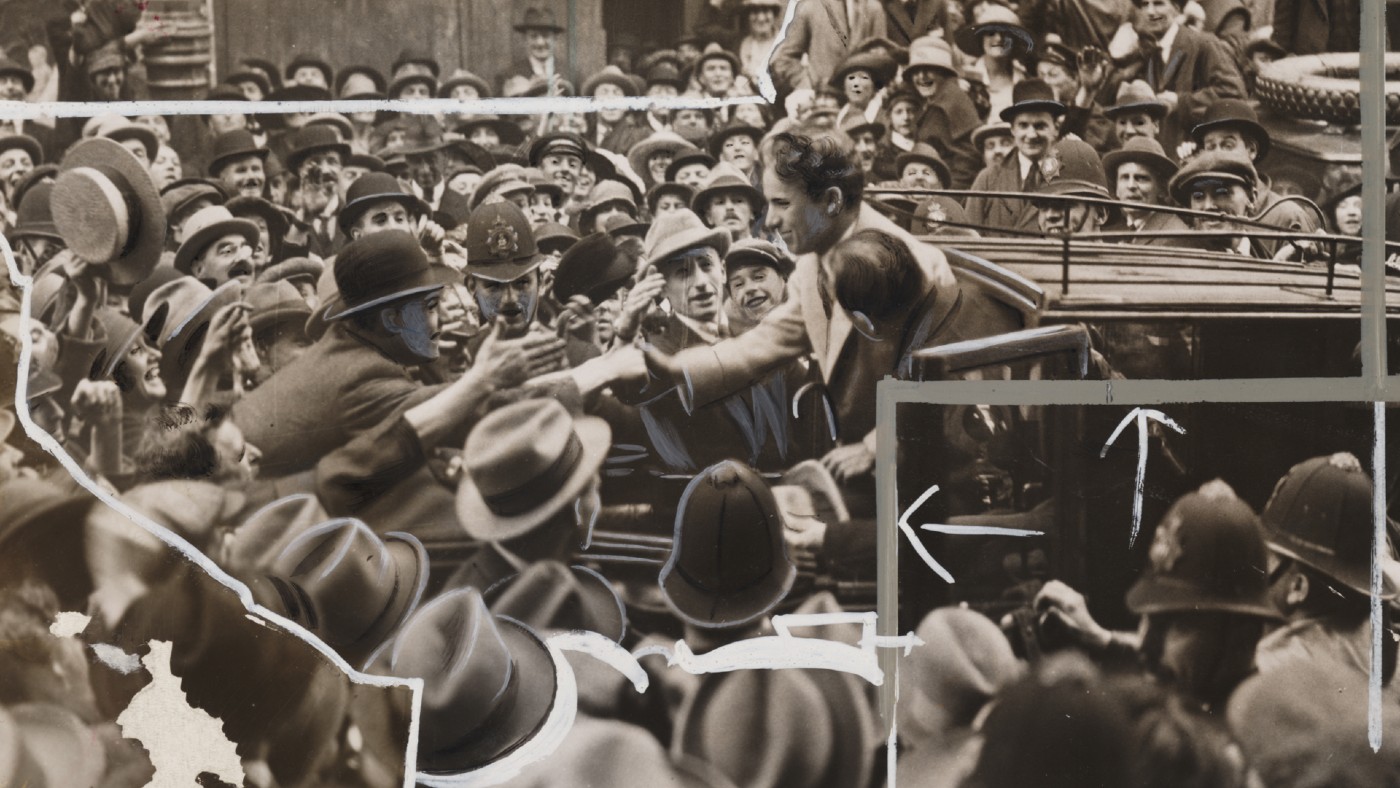Arundel Castle heist: how did thieves steal Mary Queen of Scots’ gold rosary beads?
Police investigating abandoned burnt-out car believed to be connected to £1m robbery

Police are appealing for help to recover gold rosary beads carried by Mary Queen of Scots at her execution that have been snatched in a raid on Arundel Castle.
The beads are among gold and silver historic treasures worth a total of £1m stolen on Friday - just days after the West Sussex castle reopened to the public for the first time this year, following the easing of Covid lockdown restrictions.
Police arrived within “minutes” after a burglar alarm at the castle - home of the Duke of Norfolk and his ancestors for more than 850 years - was tripped at around 10.30pm, reports The Argus. But the thieves had already “smashed their way” into a cabinet display on a public route that contained the artefacts, says the regional news site.
The Week
Escape your echo chamber. Get the facts behind the news, plus analysis from multiple perspectives.

Sign up for The Week's Free Newsletters
From our morning news briefing to a weekly Good News Newsletter, get the best of The Week delivered directly to your inbox.
From our morning news briefing to a weekly Good News Newsletter, get the best of The Week delivered directly to your inbox.
Sussex Police told the BBC that the thieves entered through a window.
The stolen rosary beads have “little intrinsic value” as metal, but “as a piece of the Howard family history and the nation's heritage it is irreplaceable”, said police.
The Scottish queen was clutching them when she was executed by axe at Fotheringhay Castle in Northamptonshire in 1587, at the age of 44, after being held in captivity for 18 years by her cousin, Elizabeth I.
Historian and BBC presenter Professor Kate Williams tweets that the beads are “particularly significant” because “so much of her belongings” were taken or lost after Mary fled Scotland, while the possessions she had at Fotheringhay Castle were “nearly all burned to stop them becoming relics”.
A free daily email with the biggest news stories of the day – and the best features from TheWeek.com
“Even her heart was removed and hidden in the ground,” Williams writes.
Other items taken during last week’s raid include coronation cups given by the Scottish monarch to the then Earl Marshal, a title held by the Norfolk family for more than 500 years.
Officers are now examining an abandoned 4x4 saloon car found on fire in the nearby village of Barlavington that is believed to be linked to the robbery, said Detective Constable Molly O’Malley of Chichester CID, who is leading the investigation, dubbed “Operation Deuce”.
O’Malley urged anyone who saw “suspicious activity” around the castle on Friday to contact police online or through 101, adding: “If you are offered or hear of anyone offering for sale any of the items stolen, we would also like to hear from you.”
A spokesperson for Arundel Castle Trustees also urged “anyone with information to come forward to the police to assist them in returning these treasures back where they belong”.
Sorcha Bradley is a writer at The Week and a regular on “The Week Unwrapped” podcast. She worked at The Week magazine for a year and a half before taking up her current role with the digital team, where she mostly covers UK current affairs and politics. Before joining The Week, Sorcha worked at slow-news start-up Tortoise Media. She has also written for Sky News, The Sunday Times, the London Evening Standard and Grazia magazine, among other publications. She has a master’s in newspaper journalism from City, University of London, where she specialised in political journalism.
-
 The hidden gems in Historic England’s 100-year-old photo archive
The hidden gems in Historic England’s 100-year-old photo archiveIn the Spotlight New online library features 400,000 ‘bird’s eye views’ of the country dating back to 1919
-
 What the 1921 census reveals about life in England and Wales
What the 1921 census reveals about life in England and WalesIn the Spotlight The details of 38 million people in 8.5 million households from a century ago are now available online

